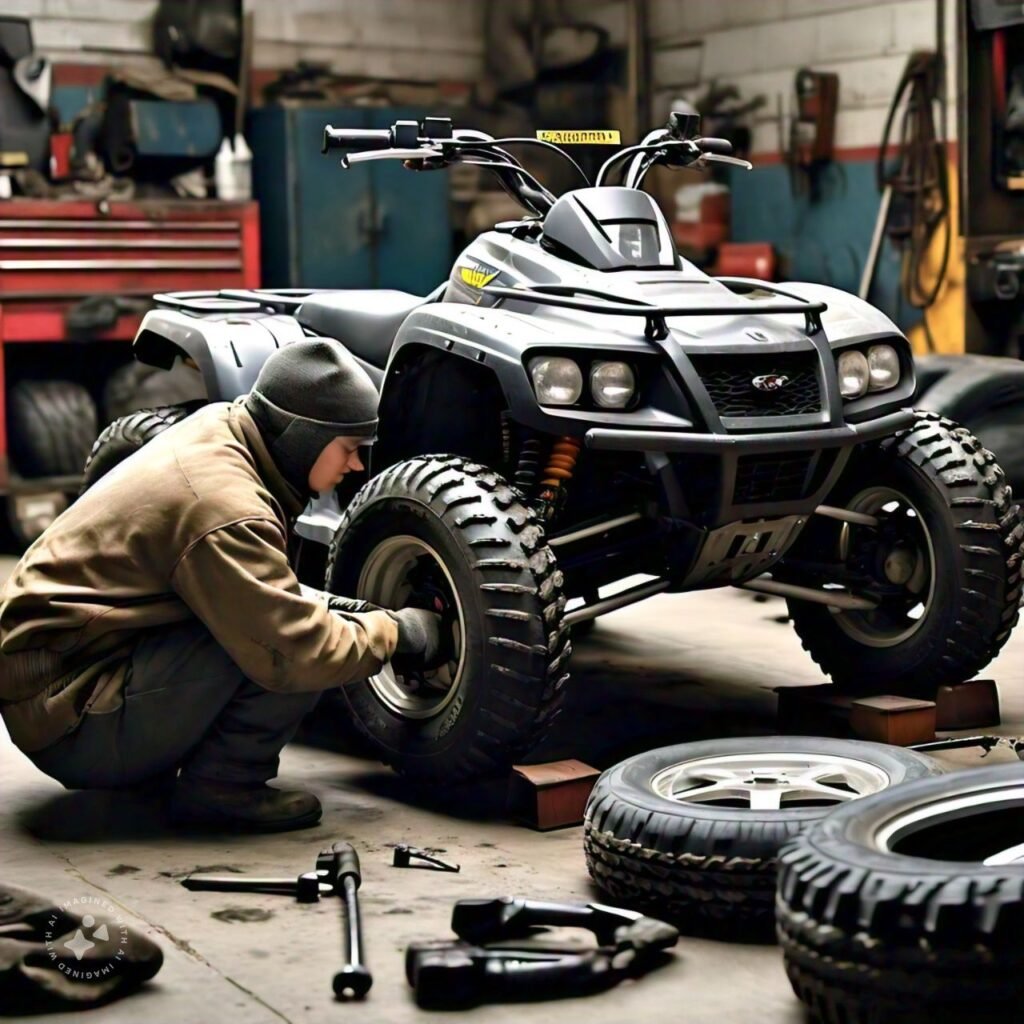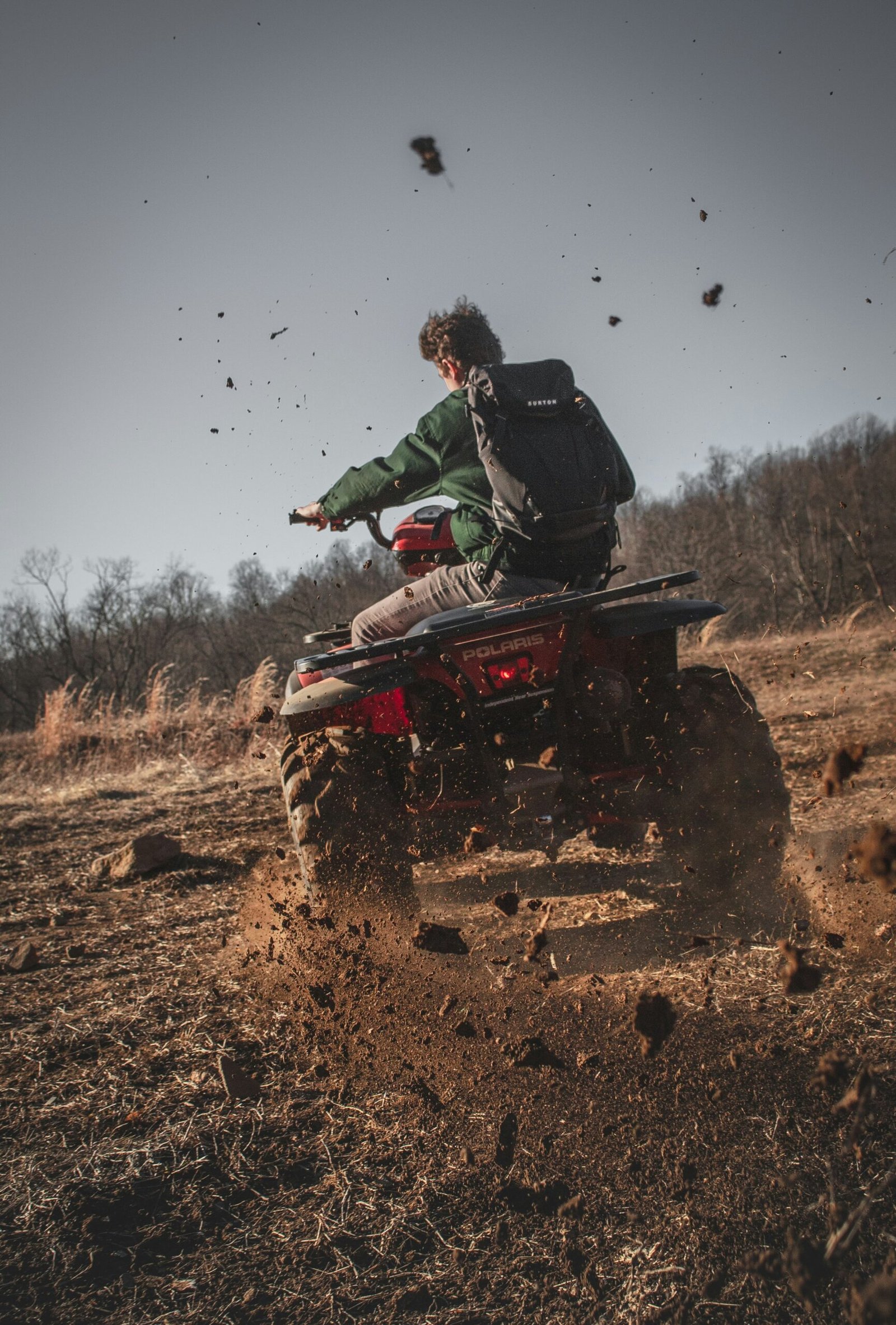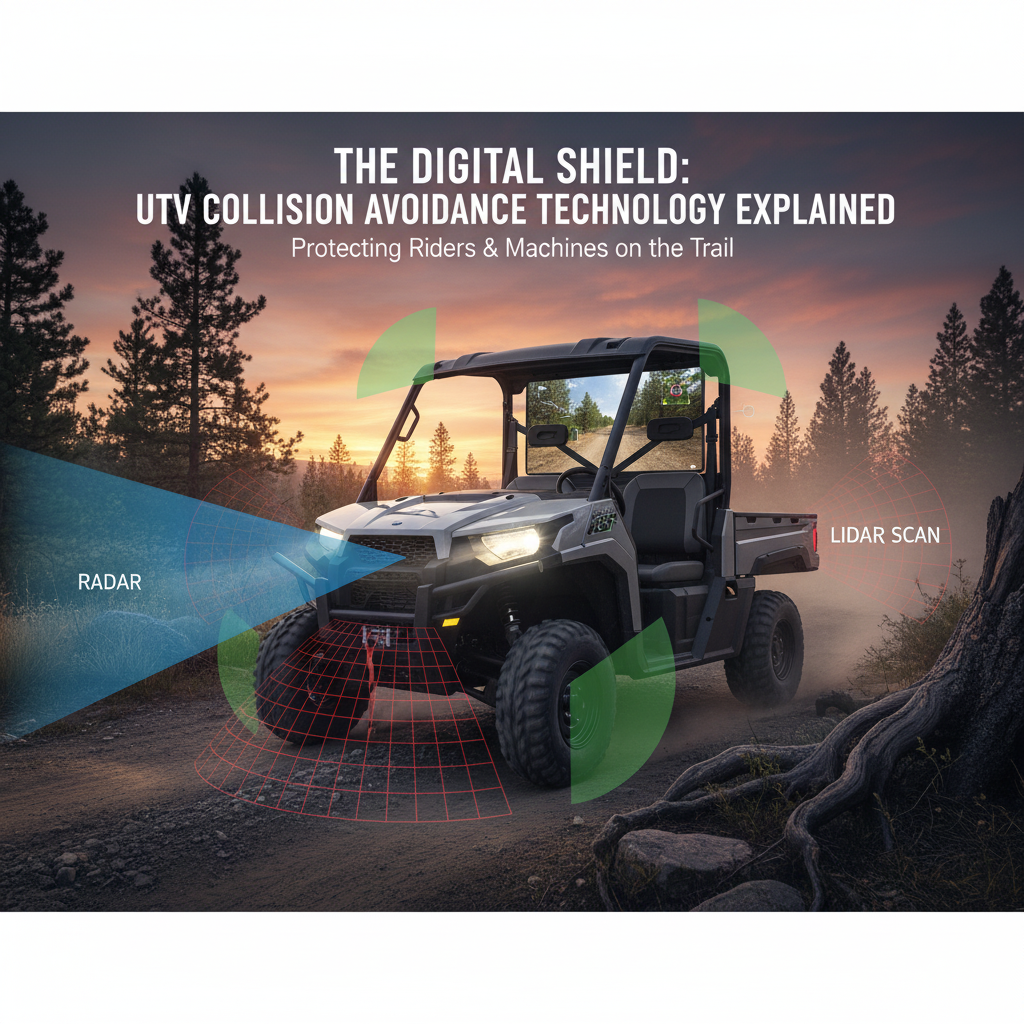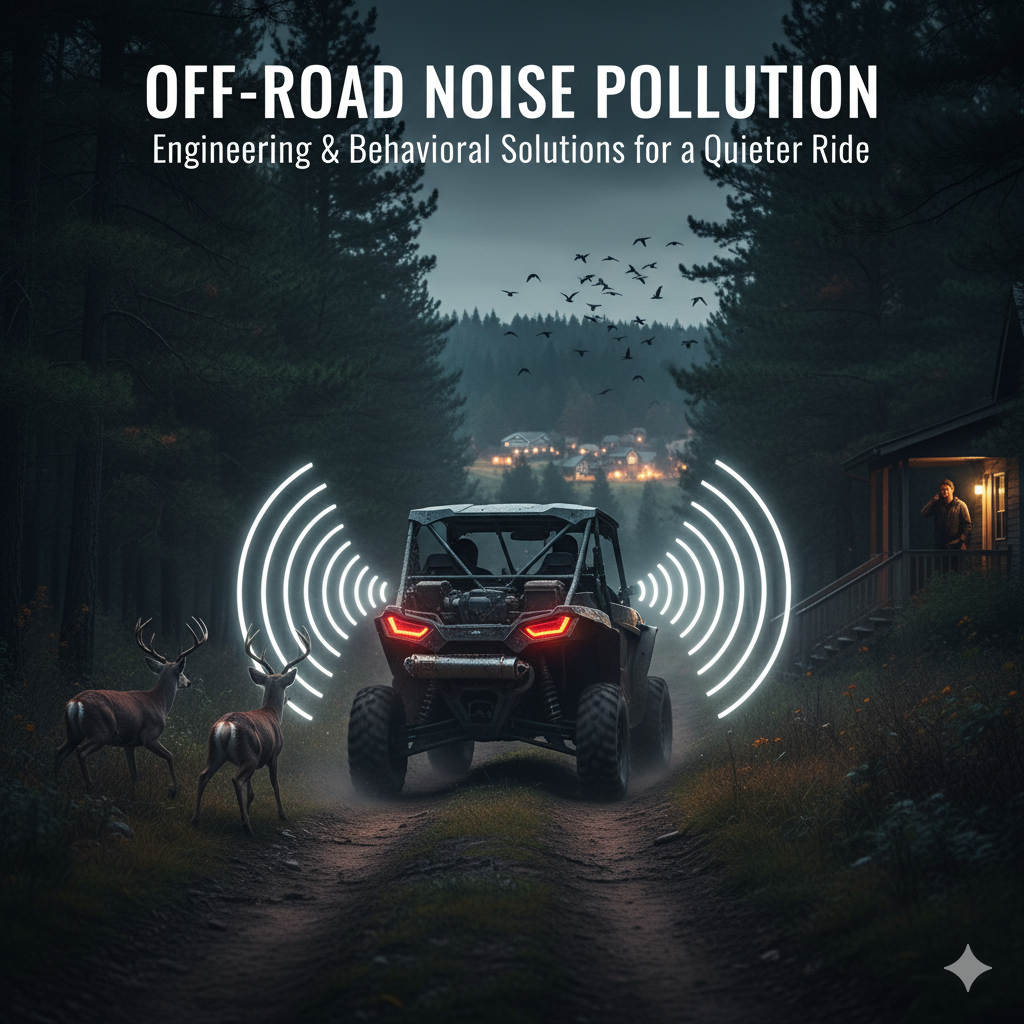ATVs, or All-Terrain Vehicles, are designed to be versatile and reliable machines that can handle various terrains and tasks.
However, like any mechanical device, they can sometimes experience issues.
One common problem that ATV owners may encounter is the back wheels not working properly.
This can be frustrating and may prevent you from enjoying your ATV to its fullest potential.
In this article, we will explore some of the common reasons why the back wheels may not be working on your ATV and provide some possible solutions.
1. Differential Issues
The differential is a crucial component of an ATV’s drivetrain system.
It allows the wheels on each axle to rotate at different speeds while still receiving power from the engine.
If the differential is malfunctioning or damaged, it can cause the back wheels to stop working.
To diagnose a differential issue, you can perform a visual inspection of the differential housing and check for any signs of leaks or damage.
Additionally, you can try to engage the differential lock.
if your ATV is equipped with one, to see if it makes a difference.
If you suspect a differential problem, it is recommended to consult a professional ATV mechanic for a thorough inspection and repair.

2. Drive Belt Problems
The drive belt is responsible for transferring power from the engine to the wheels of the ATV.
If the drive belt is worn, damage, or incorrectly install, it can lead to a loss of power to the back wheels.
To check the condition of the drive belt, you can inspect it visually for any signs of wear or damage.
If you notice any fraying, cracking, or glazing, it is a good indication that the drive belt needs to be replace.
Additionally, make sure that the drive belt is properly tension and align.
If you are unsure how to perform these tasks, it is advisable to seek assistance from a qualified ATV mechanic.
3. Axle Issues
The axles on an ATV are responsible for transmitting power from the differential to the wheels.
If there is a problem with the axles, such as a broken or bent axle shaft, it can cause the back wheels to stop working.
To check for axle issues, you can perform a visual inspection of the axles for any signs of damage.
Look for any visible cracks, bends, or other abnormalities.
If you suspect an axle problem, it is best to have it inspected and repaired by a professional ATV mechanic.
4. Brake Problems
Faulty brakes can also contribute to the back wheels not working on an ATV.
If the brakes are not releasing properly or if there is a problem with the brake calipers or brake pads.
it can cause the wheels to lock up and prevent them from rotating.
To check for brake issues, start by inspecting the brake pads for wear.
If they are worn down, they will need to be replace.
Additionally, check the brake calipers for any signs of damage or sticking.
If you are unsure how to perform these checks or make the necessary repairs, it is recommend to consult a professional ATV mechanic.
5. Transmission Troubles
The transmission is responsible for shifting gears and transferring power from the engine to the wheels.
If there is a problem with the transmission, such as a faulty gear or a worn-out clutch, it can cause the back wheels to stop working.
Diagnosing transmission issues can be more complex and may require the expertise of a professional mechanic.
However, you can check the transmission fluid level and condition to ensure it is within the recommend range and not contaminated.
If you suspect a transmission problem, it is best to consult a qualified ATV mechanic for a thorough inspection and repair.
Conclusion
When the back wheels of your ATV are not working, it can be a frustrating experience.
However, by understanding some of the common reasons for this issue, you can take the necessary steps to diagnose and resolve the problem.
Whether it’s a differential issue, drive belt problem, axle trouble, brake malfunction, or transmission trouble, it is important to seek professional help if you are unsure how to proceed.
By addressing the issue promptly and effectively, you can get your ATV back on the trails and enjoy the thrill of off-roading once again.




